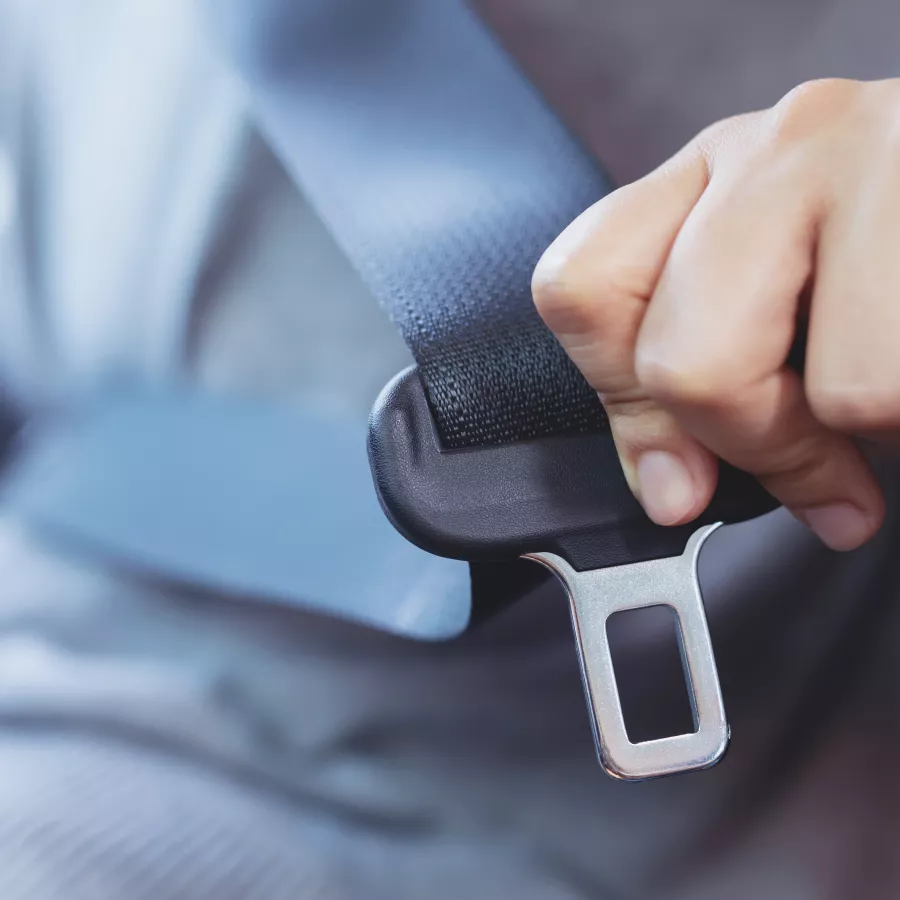Child Passenger Safety
The Facts
- Motor vehicle traffic crashes are a leading cause of child death.
- Car crashes kill over 1 thousand children every year in the United States. They seriously hurt another 150,000. That is over 400 injuries per day!
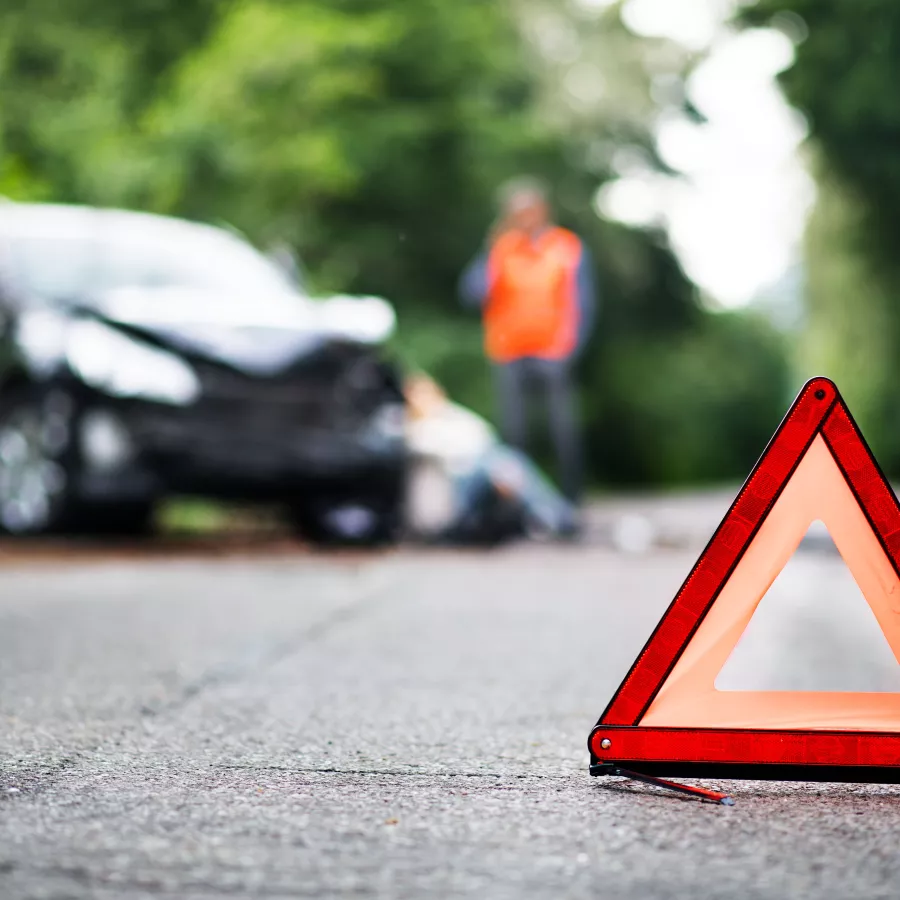
Choose the right seat for your child
Make sure your child sits in the appropriate child seat for their age and size. It is also important that the child seat is installed properly.
There are good online resources that can help. Here is a guide to installing a seat correctly yourself.
Getting professional help to learn how to install a car seat is also a good idea. Find a car seat installation station near you in Washington here: https://wacarseats.com
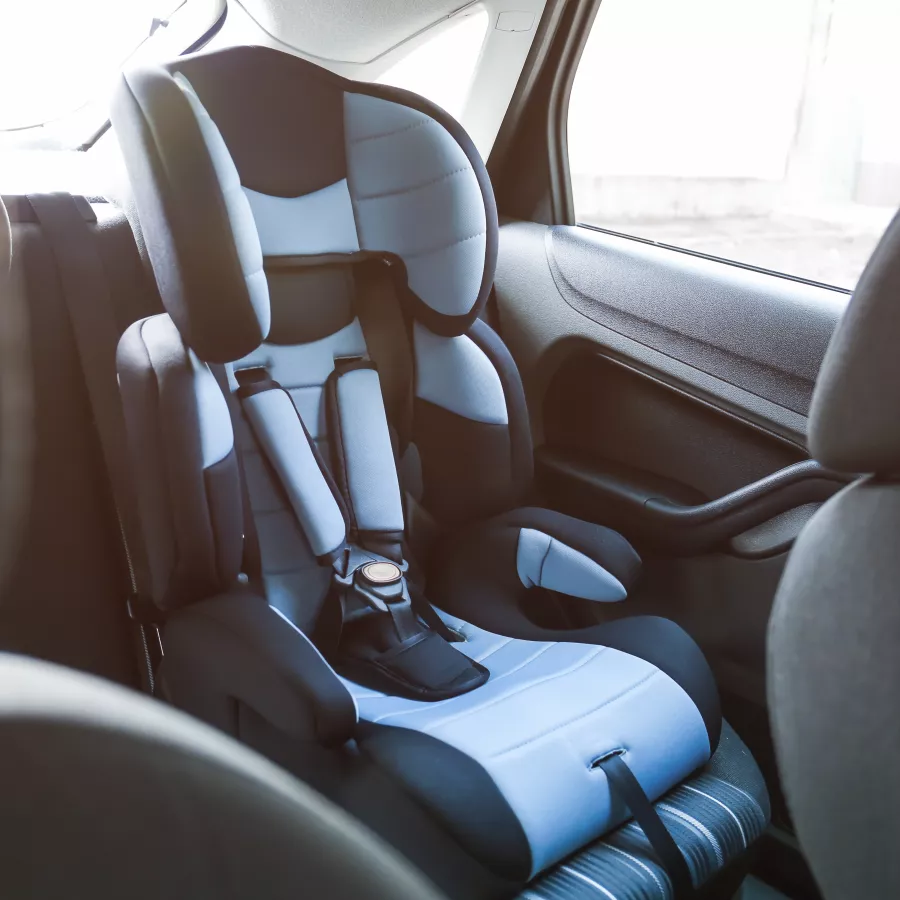
Always Secure: Every trip matters
Make sure your child is restrained in their car seat or seat belt for all trips, even short drives. Children need to be properly restrained, always. It doesn’t matter if you are driving across the neighborhood or to the next state. If you are moving, or if cars are moving around you, it’s safest for everyone in the car to be restrained.
That means a rear-facing car seat, then a forward-facing car seat, then a booster seat, and then a seat belt according to your state’s laws. As children grow, they should move from one step to the other. In all cases, they need the proper system to keep them safe.
- In Washington, children under 2 must be properly secured rear facing.
- Children should stay in the back seat until they are 13 years of age in Washington State (depends on state).
- The air bags in front seats are dangerous for your child.
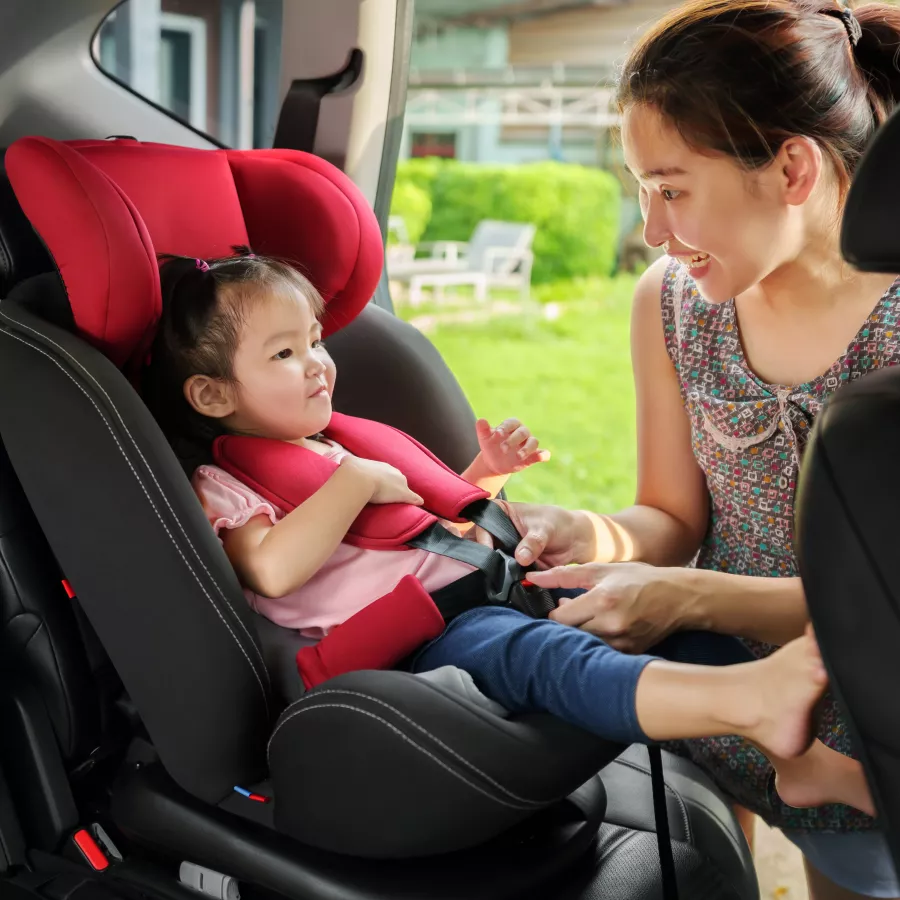
Washington State law requirements
- Children under age 2 must ride in rear facing seat.
- Children ages 2 – 4 years must ride in a car seat with a harness (rear or forward-facing).
- Children 4 years and older must ride in a car or booster seat until they are 4'9” tall.
- Children up to age 13 must ride in the back seat when practical.
There are a few extra things to consider for winter driving - bulky coats and heavy winter clothes can be dangerous for proper car seat restraint and should not be worn underneath the harness of a car seat.
Click here for Winter Car Safety tips to keep your child warm and safe from the American Academy of Pediatrics.
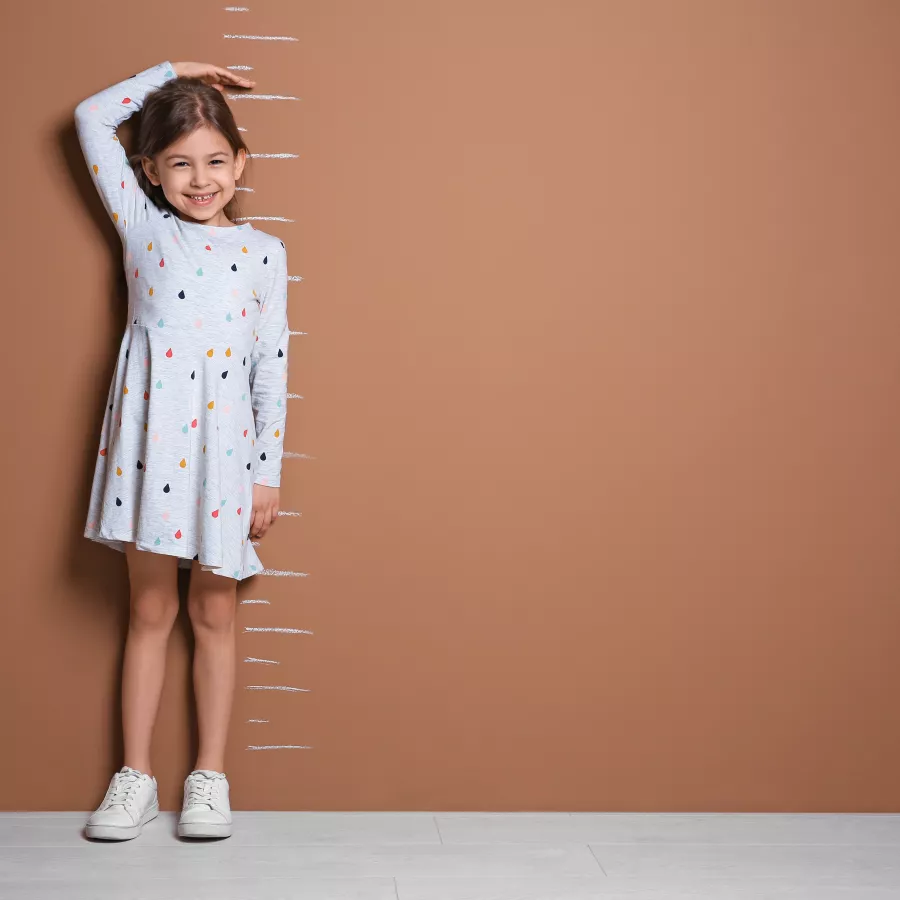
Pull over!
Pull over if your child or children are too distracting with arguments or needs.
Distractions increase the chances of a car crash.
Pulling over for a few moments to get a hold of the situation can prevent tragedy.
Make sure you know how to pull over safely.
Make sure you understand the dangers of distracted driving and how to avoid those dangers. Watch this video to learn more:
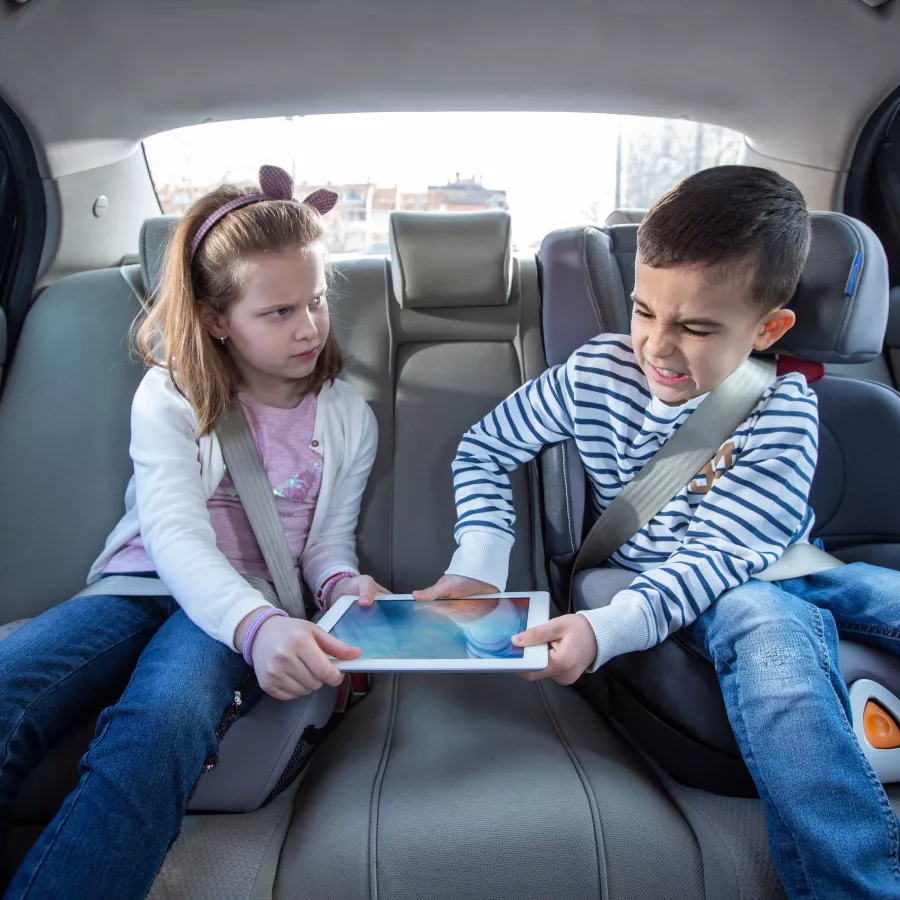
Never leave a child unattended in a car
Never leave a child unattended in a car. Prevent child heat stroke and hot car deaths
Leave something you would rarely forget -a purse, smartphone, etc - in the back seat near the child. That way you will remember the child as well as the item you left near them.
Learn more from the National Highway Transportation Safety Administration (NHTSA)
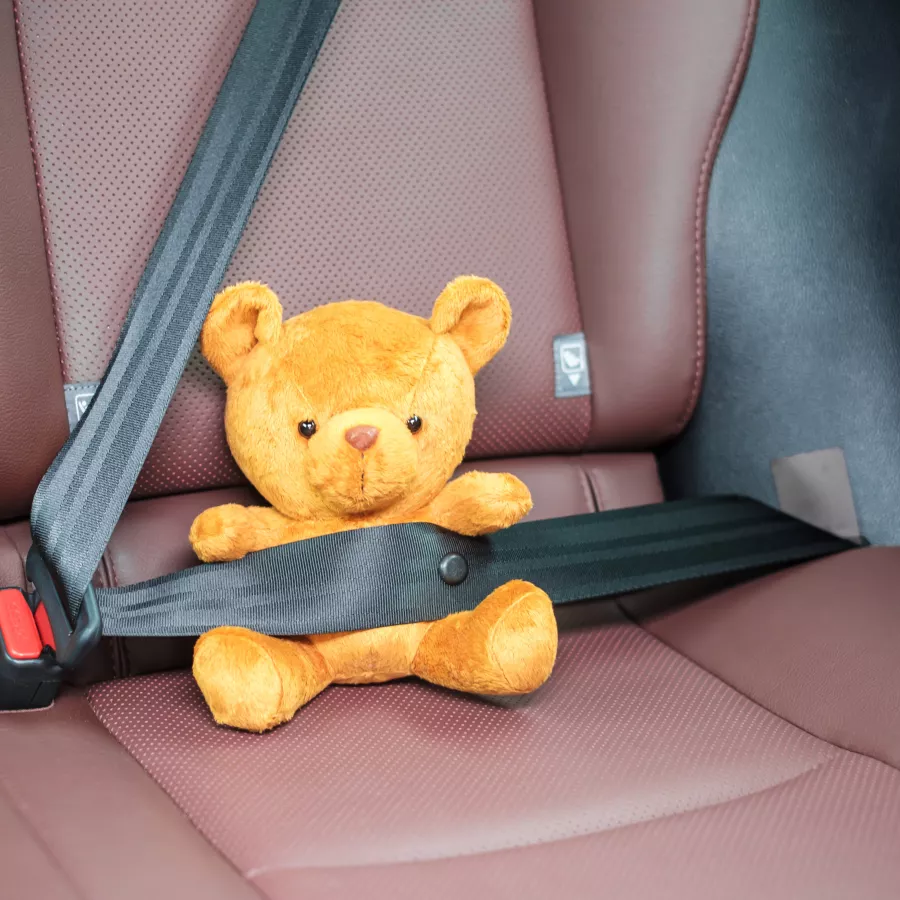
Test Yourself - True or False?
Child Passenger Safety Resources
Find a Car Seat Inspection Station near you with the Washington State Child Passenger Safety Program at https://wacarseats.com
Check out these Tips from the American Academy of Pediatrics (AAP) on how to keep your child safe and warm during winter driving since bulky coats should not be worn under car seat harnesses.
Prevent heat stroke and hot car deaths with these tips from the National Highway Traffic Safety Administration - NHTSA.gov
Check out the Centers for Disease Control and Prevention (CDC) developed Booster Seat Planning Guide to help States, Tribes, Localities, and Territories (STLTs) with assessing, planning, and implementing improved booster seat laws to reduce crash injuries and deaths among children.
Visit the CDC Child Passenger and Motor Vehicle Safety webpage to learn more: Child Passenger Safety | Motor Vehicle Safety | CDC Injury Center
